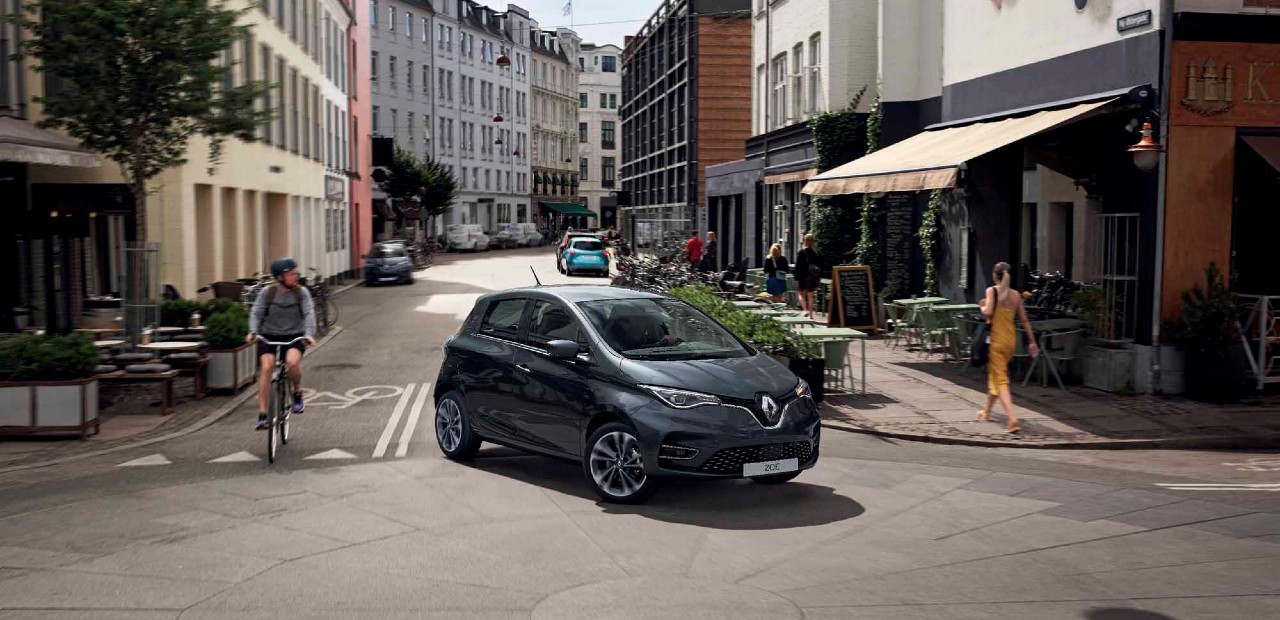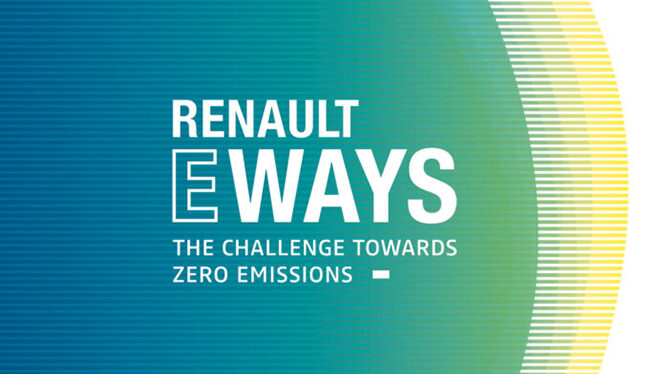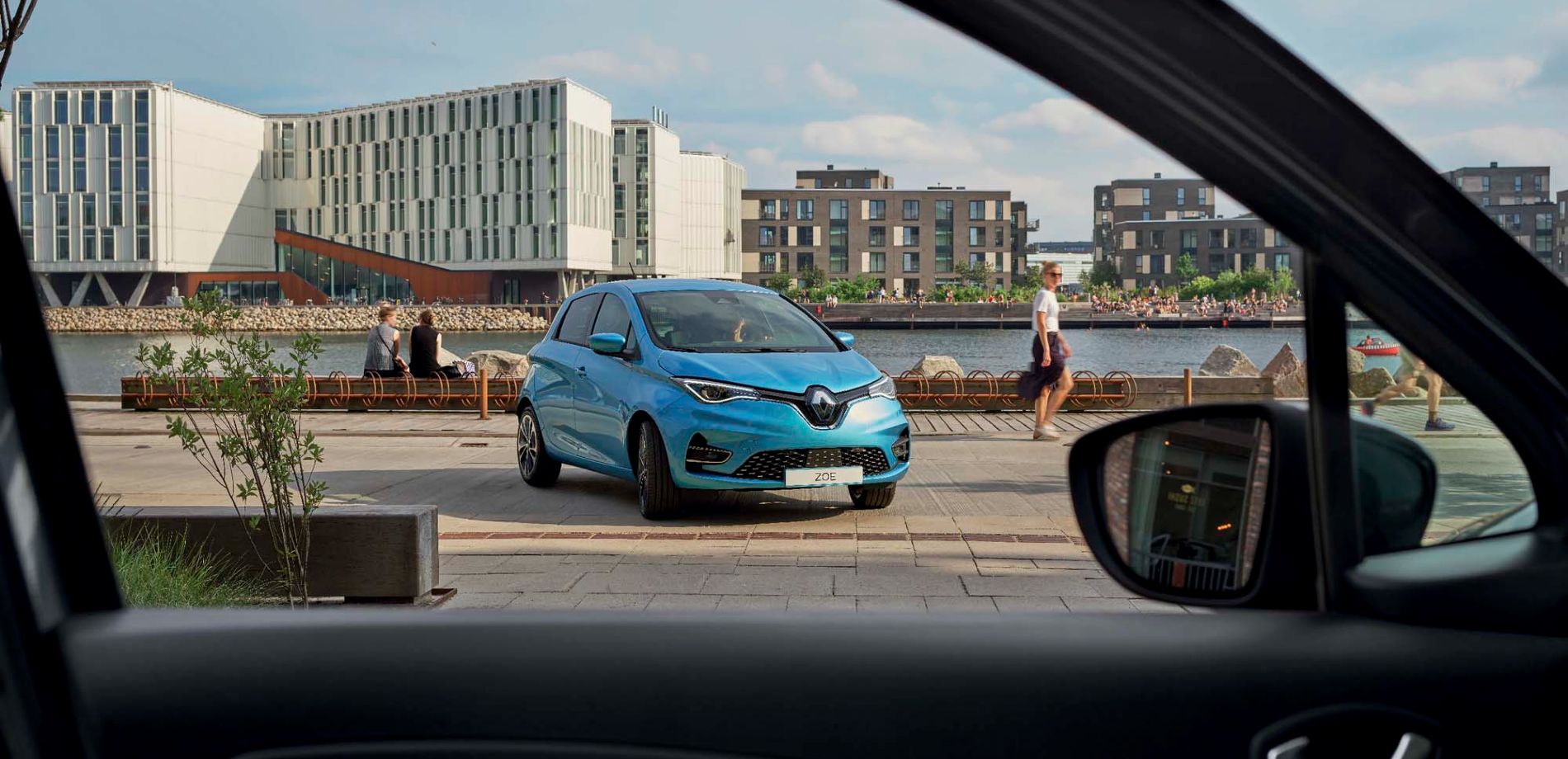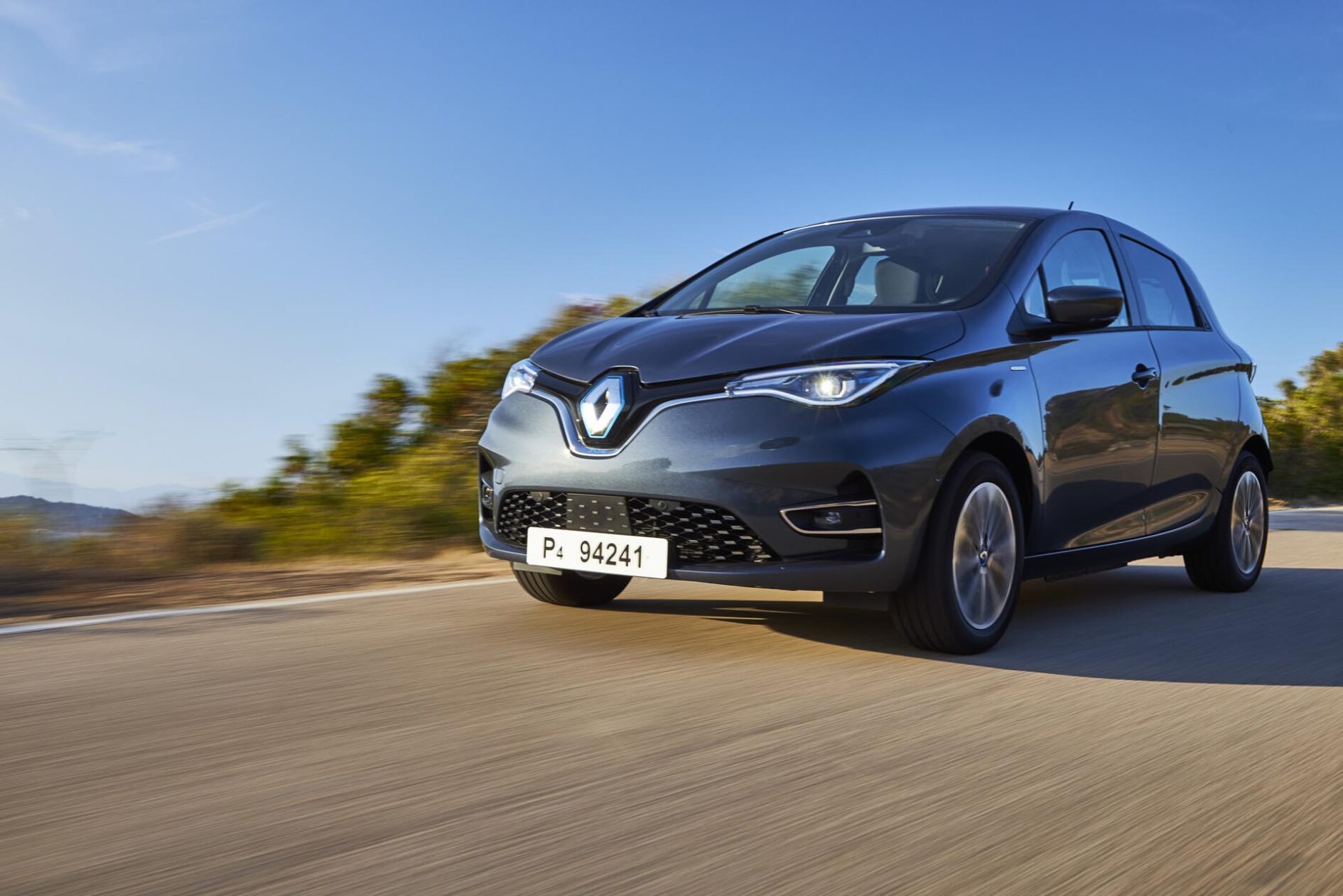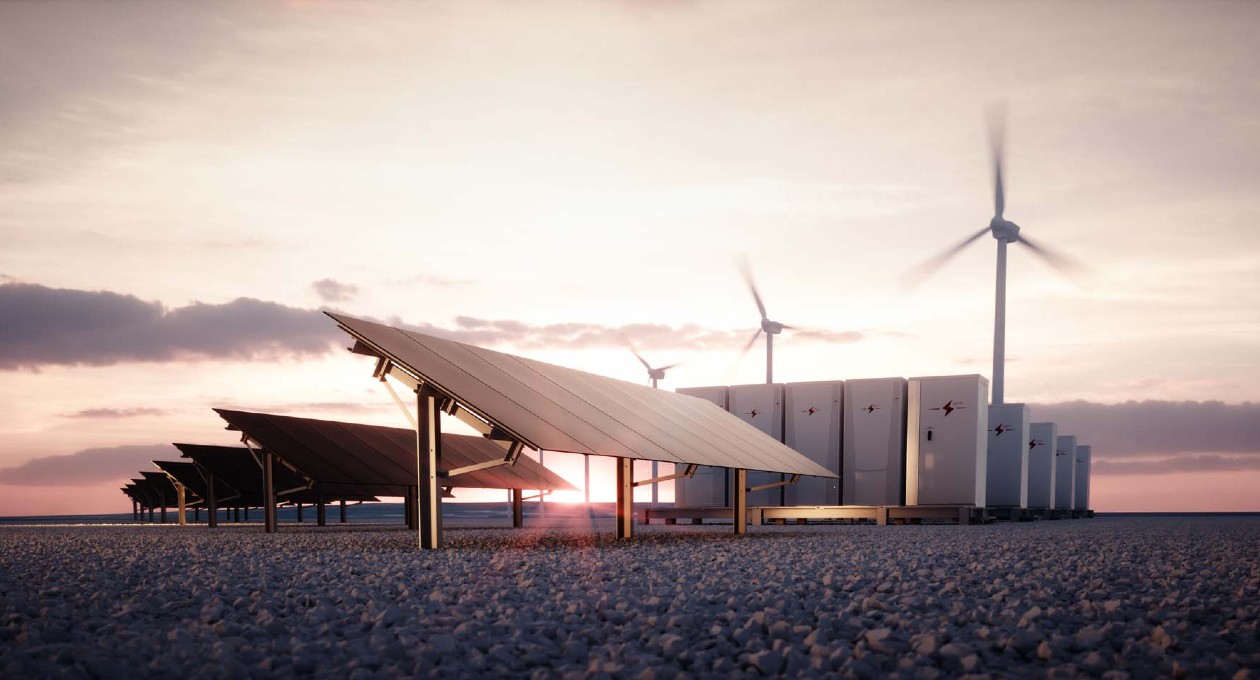

To stop the increase of air pollution in urban zones, multiple cities are preparing for the future by taking a variety of measures to improve traffic flow and minimize emissions. More than 230 Low-Emission Zones (LEZs) have been introduced in various cities throughout Europe, along with Traffic Restricted Zones (TRZs.)
Different measures depending on the city
London, which had already introduced a toll just to enter the city in 2003, has now designated several concentric LEZs, with the most restrictions in the center. Today, drivers of vehicles registered before the introduction of the Euro 4 norms (January 2006) must pay a considerable fee to enter the central zone (the equivalent of 14.5 euros, in addition to the 13.50 euro toll.) The 185 euro fine for disobeying the rules is quite a deterrent. Starting in 2021, the restrictions will apply to the entire city.
Other urban areas are also considering restricting access to certain types of cars, with smaller cities even introducing their own systems. For example, in Utrecht (Netherlands), diesel cars made before 2001 are prohibited from entering certain areas. In Cologne (Germany), diesel cars from before 2006 and regular gas-run cars from before 1993 are no longer authorized in the city center. In Italy, 106 cities and communes including Rome, Bologna, Florence, Palermo, Milan, Genoa and Turin also have similar systems in place. In Spain, communes with more than 50,000 inhabitants – of which there are 138 in the country – have chosen to take action against air pollution by introducing many LEZs of their own.
France introduces new systems
In mainland France, like the rest of Europe, the cities of the future will be less welcoming to combustion-powered vehicles. Paris and 15 other cities, some of which were already imposing emissions-based traffic restrictions based on vehicles’ Crit’Air rankings, have adopted new systems. For example, since July 1st, 2019, vehicles with Crit’Air rankings of 4 or higher (diesel vehicles manufactured before 2006) have been banned from central Paris.
In the Greater Paris region, 49 of the 79 communes that surround the capital have LEZs that prohibit access to vehicles with a Crit’Air ranking of 5 or higher (diesel cars from before 2001 and gas cars from before 1997.) Other major French cities such as Lille, Lyon, Marseille, and Grenoble have also adopted this sticker system and are moving progressively toward banning combustion-powered vehicles from their city centers depending on age and fuel type.
The benefits of having an electric vehicle in the city

In addition to their ability to access city centers (apart from pedestrianized zones) and the financial assistance available for purchasing this type of vehicle, electric cars have numerous other advantages in urban areas. For example, many parking spaces are reserved exclusively for electric vehicles, including some that are free. Charging, whether rapid or slow, is also free at certain shopping malls and carsharing docks.
When carpooling (at least two people in the vehicle,) drivers can use certain lanes generally reserved for buses and taxis. In the future, certain roads or lanes in key locations, such as ring roads, may be reserved exclusively for carpooling. This type of transportation is even more environmentally friendly if done using electric vehicles, that is to say, vehicles with zero emissions*.
Financial incentives for buying electric cars and commercial vehicles
In France, in addition to the national electric vehicle subsidy, regional incentives also exist for individuals who wish to buy an electric car. For example, the Greater Paris region offers up to 6000 euros, in addition to the other types of assistance that are already available (offer limited to the first 1000 buyers.) Buying a Renault ZOE can thus save the driver up to 17,000 euros (including the 6000 euro bonus and the conversion bonus.) In the South of France, the “Eco-chèque mobilité” offers individuals 30% of the value of the vehicle, up to a limit of 1000 euros for taxable persons, and 2000 for non-taxable persons. The French website “Je roule en électrique”, created by the Ministry for the Ecological and Inclusive Transition and the AVERE, provides information about the different types of financial assistance available.
In addition to individual travel, there is also increasing need for urban logistics solutions, primarily due to the rising importance of e-commerce, which has led to an explosion of deliveries in city centers. For all-important last mile delivery, which often requires transporting goods from warehouses outside the city, electric utility vehicles are often the most environmentally efficient choice. Some cities help businesses buy electric vehicles and set up the required infrastructure. For example, London (England) has introduced a £23 million package to encourage businesses to convert their fleets to electric vehicles.
Today, only drivers of electric vehicles, whether they be individuals or businesses, are allowed in the city centers of many large metropolitan areas: something to keep in mind when it comes time to buy your next car!
*Neither atmospheric emissions of CO2 nor pollutants while driving (excluding wear parts)
Copyright : Brzozowska
